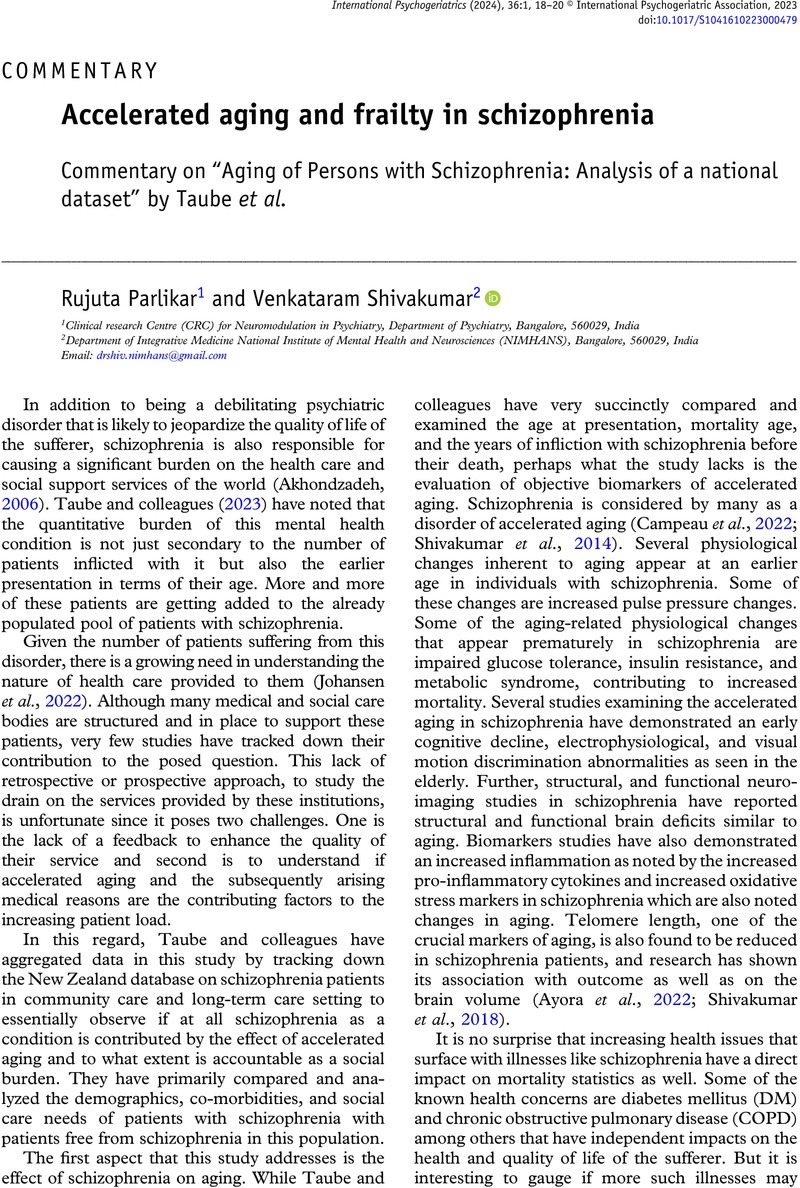Crossref Citations
This article has been cited by the following publications. This list is generated based on data provided by Crossref.
Pan, Rubing
Yi, Xingxu
Xu, Yanlong
Song, Jian
Yi, Weizhuo
Liu, Jintao
Song, Rong
Li, Xuanxuan
Liu, Li
Yuan, Jiajun
Wei, Ning
Huang, Yuxing
Cui, Zhiqian
Kuang, Lingmei
Zhang, Zichen
Li, Ming
Cheng, Jian
Zhang, Xulai
and
Su, Hong
2024.
Association between indoor PM2.5 components and accelerated biological aging in schizophrenia patients: Evidence from multi-omics mechanisms.
Journal of Hazardous Materials,
Vol. 480,
Issue. ,
p.
136162.



